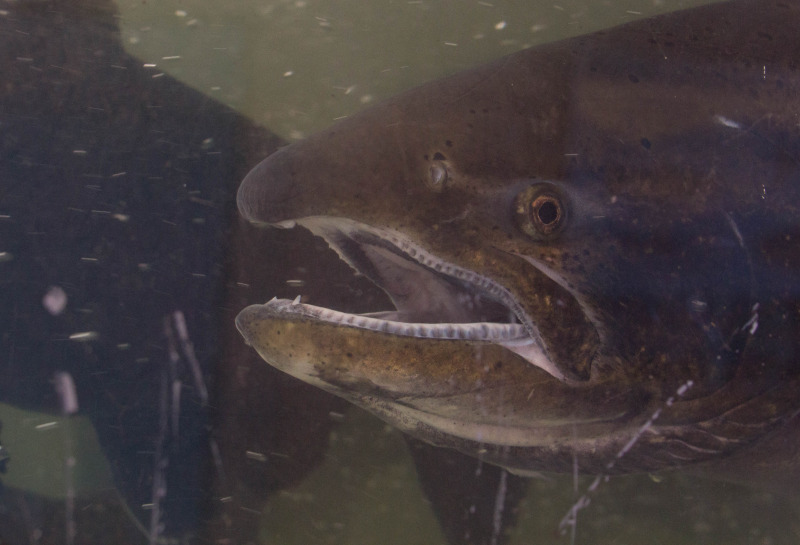More than one-tenth of the largest wild population of threatened salmon in the Central Valley died after repair work near a power plant led Pacific Gas & Electric Co. to cut off a cooling flow of water into a creek last weekend, wildlife and utility officials say.
PG&E, the state's largest utility, restored the water flow on Wednesday to a remote stretch of Butte Creek, home to the largest of three surviving wild populations of Central Valley spring-run Chinook salmon.
The death of 277 of the fewer than 2,000 adult chinook in the creek underscored the vulnerability of one of California's most iconic species in a drought year marked by record low amounts of cooling snow melt.
Salmon populations from Monterey on the central coast to the Oregon border are showing problems related to low, warm water conditions created by the driest four years in state history.
"As the drought wears on, it's just going to get worse," Andrew Hughan, a spokesman for the California Department of Fish and Wildlife, said from the banks of Butte Creek, north of Sacramento.
